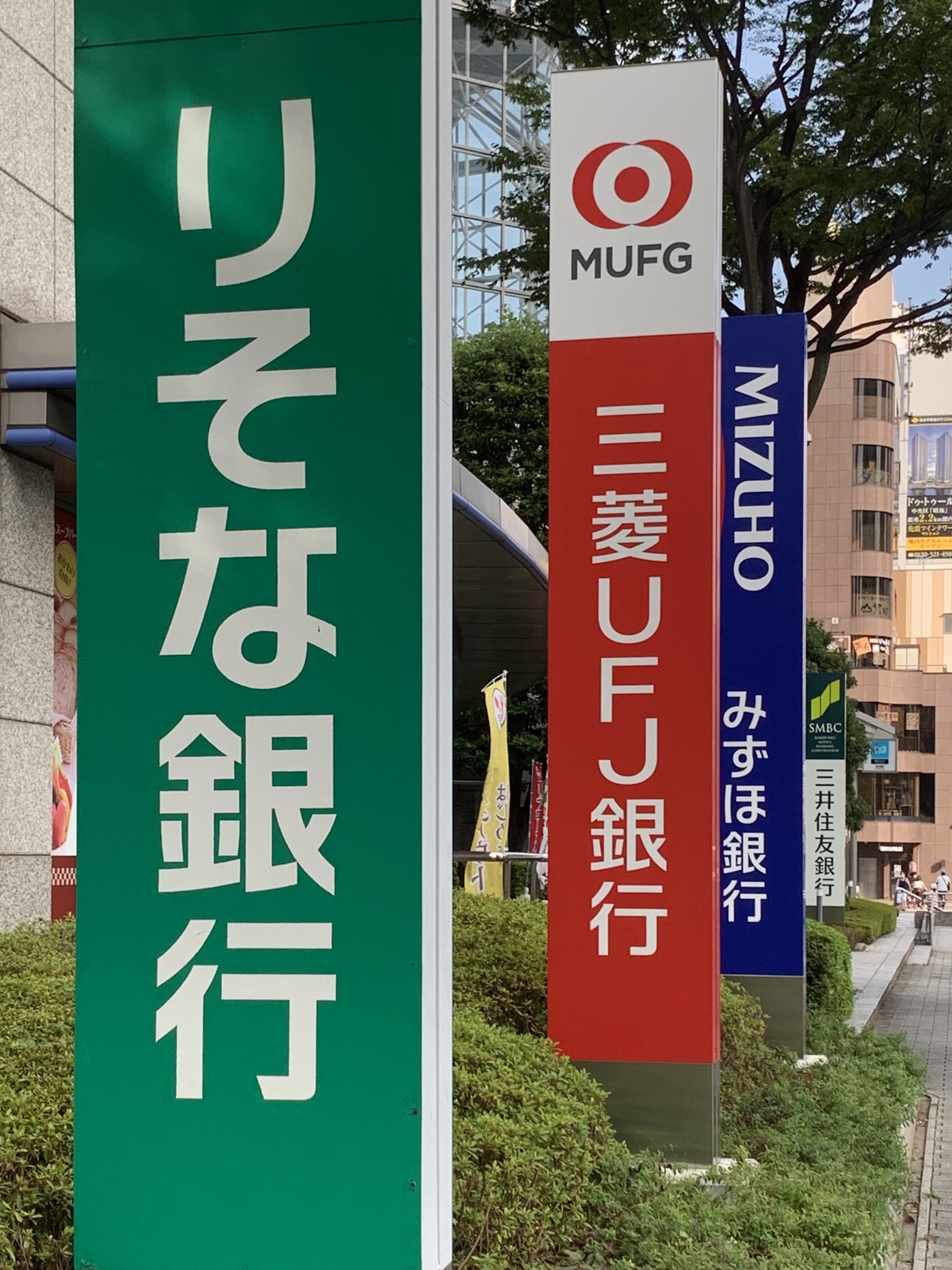Whether you’re moving to Japan for work, study, or a new adventure, opening a bank account is one of the most essential steps for daily life. From receiving your salary to paying rent and managing bills, having a Japanese bank account makes everything smoother and more convenient. However, the process can vary depending on your visa type, length of stay, and the bank you choose.
In this article, we’ll walk you through how to open a bank account in Japan as a foreigner, with tips based on visa types and a comparison of major banks.
Who Can Open a Bank Account in Japan?
In general, foreign residents with a valid medium- to long-term visa (over 3 months) can open a bank account in Japan. Some banks also allow people with short-term visas to open limited-functionality accounts, though it’s less common.
You will typically need:
- A valid passport
- A residence card (在留カード, zairyū kādo)
- Japanese address (registered at your local city hall)
- A personal phone number in Japan
- Proof of employment or enrollment (for students or workers)
Step-by-Step: How to Open a Bank Account
1. Choose the Right Bank
Different banks have different policies regarding foreigners, languages offered, online banking systems, and initial requirements. See comparison below.
2. Prepare Your Documents
Make sure you have:
- Passport
- Residence card
- Inkan/hanko (personal seal — optional, but still required by some banks)
- Proof of address (sometimes accepted as part of the residence card if recently updated)
- Student/work documents, if applicable
3. Go to the Bank (or Apply Online)
Most bank accounts must be opened in person, especially if you’re opening your first account in Japan. Some banks, like Sony Bank or SBI Shinsei Bank, offer online application forms in English.
4. Fill in the Forms
If you’re not confident in Japanese, go to a branch in a large city or one known for foreigner support. Some banks offer English forms or staff assistance.
5. Receive Your Bank Book & Cash Card
- You’ll receive your 通帳 (tsūchō), or passbook, and a cash card.
- In most cases, your cash card will be mailed to your registered address within 1–2 weeks.
- Some banks also allow you to set up internet banking or a debit card.
Tips Depending on Visa Status
✔️ Working Visa (Engineer, Instructor, Specialist in Humanities, etc.)
- Most banks accept applicants with this visa without issue.
- Be prepared to provide a proof of employment or company information.
- Your bank account can be used for salary deposits and other transfers.
✔️Student Visa
- You can open a bank account, but some banks may request:
- Proof of school enrollment
- Introduction letter from the school
- Proof of school enrollment
- Yucho (Japan Post Bank) and SBI Shinsei Bank are popular with students due to relaxed requirements and English support.
✔️Tourist Visa or Short-Term Visa (under 90 days)
- Generally not eligible to open a full bank account.
- Some digital services like Wise or Revolut may offer limited solutions.
- Some prepaid cards may be used as alternatives.
✔️Dependent or Spouse Visa
- Can open a bank account with a residence card and proof of relationship/status.
- Some banks may still ask for proof of income or activities.
✔️Permanent Resident or Long-Term Resident
- Treated similarly to Japanese nationals.
- You can apply for any account, credit card, or loan (based on creditworthiness).
Bank Options and Foreign-Friendliness
| Bank | English Support | Pros | Cons |
| Japan Post Bank (Yucho) | ❌ | Easy to open, many branches | Limited online banking, mostly in Japanese |
| MUFG / SMBC / Mizuho | ❌ | Nationwide banks, stable | Application process may be difficult without Japanese |
| SBI Shinsei Bank | ✅ | Online banking and customer support in English, easy for foreigners | Fewer ATMs and branches |
| Sony Bank | ✅ | Online banking in English, great for savings | No physical branches |
| Rakuten Bank | ✅ (web only) | Easy online application, good for online shopping | Online only, may require Japanese literacy |
| Prestia SMBC Trust | ✅ | English-speaking staff and services | Some services require high deposits or income proof |
What About Online Banking & Mobile Apps?
Most major banks offer mobile banking apps, but the user interfaces are often only in Japanese. SBI Shinsei, Sony Bank, and Rakuten Bank offer multilingual online banking (mainly English) and are user-friendly for foreigners.
Make sure to ask about:
- Online account access
- Bank app availability
- ATM withdrawal fees and partner ATM networks
- Whether you can link it to PayPay or other mobile payment apps
Do I Need a Hanko (Personal Seal)?
Some traditional banks still ask for a hanko when opening a new account, especially MUFG, Mizuho, and SMBC. However, online-focused banks and Japan Post Bank often accept a signature instead.
Final Tips
- Visit branches in major cities like Tokyo or Osaka for better chances of English-speaking staff.
- Be prepared to explain the purpose of your account if asked (salary, rent, daily use).
- If rejected at one bank, try another — policies vary.
- For international money transfers, services like Wise, Western Union, or GoRemit (by Shinsei Bank) can be helpful.
In Summary
Opening a bank account in Japan can seem complicated at first, but once you understand the process and choose the right bank for your visa and language needs, it becomes manageable. Whether you’re a student, worker, or long-term resident, there’s a banking option that fits your lifestyle.
For more help settling into life in Japan, explore our other guides on housing, healthcare, and daily living!

